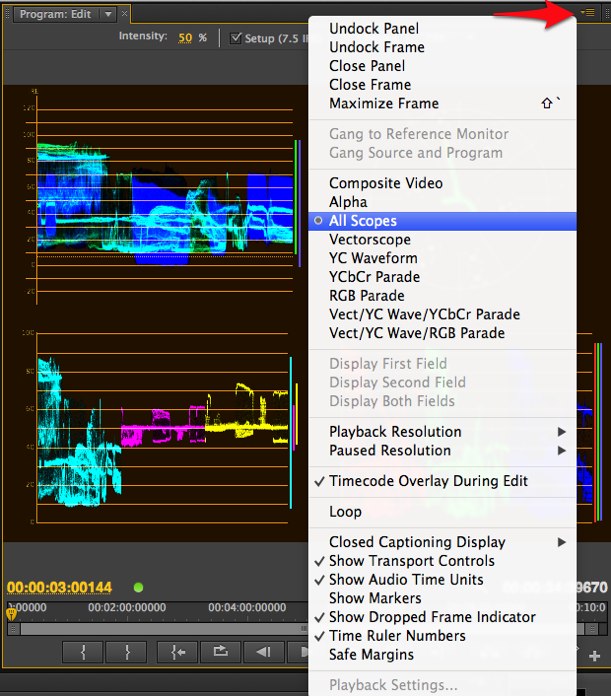


Just specify your settings in the lower part of the Export Settings window and click on the “Save Your Preset” button next to the “Preset” dropdown. Tip: You can create and save custom presets in order to quickly load them for future exports.

The higher the bitrate, the larger the file size. Keep in mind that determining the right bitrate for your video is based on the source footage you’re working with, as well as delivery needs. In order to get the optimal quality out of your export, you might want to raise these a bit higher (~ 20 Mbps or higher). These bitrate values are an “average quality” starting point for 1080 HD. This preset matches your output video to the core source settings (resolution, frame rate, etc.) and sets the bitrate settings (at the bottom) to 10 – 12 Mbps. A recommended preset to get started with is Match Source – High bitrate.

Under “Preset,” you’ll see a long list of video presets. These files offer good quality at a reasonable size, which make them great for web upload, as well as sharing between clients and collaborators. This is by far one of the most popular and efficient codecs in use. This will open the Export Settings window.Īt the top, you’ll see an option to “Match Sequence Settings.” In most cases, it’s best to stay away from this and leave this checkbox unchecked. In order to get your export going, make sure your timeline window is highlighted and click on File > Export > Media (keyboard shortcut Cmd+M or Ctrl+M). Where will it be screened/viewed? Are you exporting it for web upload or are you looking to deliver a high-resolution file to a client? In this quick tutorial, we’ll focus on a step-by-step approach for exporting video in the H.264, ProRes and Photo-JPEG codecs. Before getting too caught up with codecs, frame rates, and other settings, however, it’s essential to determine the delivery destination of your video. Once you’ve finished editing your video project, Premiere Pro allows you to easily export your sequence in the format best suited for your needs.


 0 kommentar(er)
0 kommentar(er)
